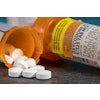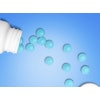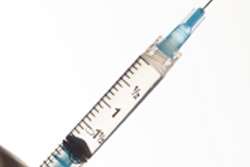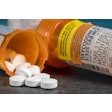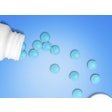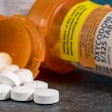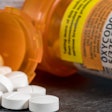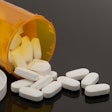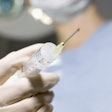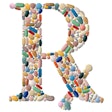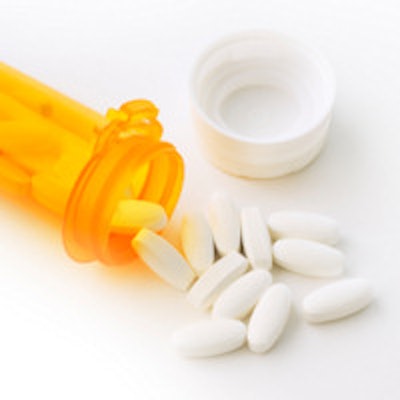
Dentists may be prescribing an excessive amount of opioids after tooth extractions, according to a new study in the Journal of the American Medical Association.
“This common dental procedure may represent an important area of excessive opioid prescribing in the United States.”
Opioid abuse has reached epidemic proportions in the U.S. This abuse can start with a prescription for a pain medication, the study authors noted. Research suggests that dentists commonly prescribe opioids following extractions, despite evidence that a combination of nonsteroidal medications and acetaminophen may provide more effective treatment for postextraction pain.
"This common dental procedure may represent an important area of excessive opioid prescribing in the United States. As the nation implements programs to reduce excessive prescribing of opioid medications, it will be important to include dental care in these approaches," wrote study author Brian Bateman, MD, and colleagues from the division of pharmacoepidemiology and pharmacoeconomics at Brigham and Women's Hospital in Boston (JAMA, March 15, 2016).
Teenage patients
The study included more than 2.75 million patients from a national database of health claims from Medicaid transactions between 2000 and 2010 (see table below). All patients who had surgical dental extractions were included. The study included the frequency of opioid prescriptions filled within seven days and the nature and amount of opioids dispensed.
The highest proportion of filled prescriptions were for patients 14 to 17 years (61%), followed by patients ages 18 to 24 years (52%), the study found.
| Number of Medicaid patients dispensed opioids following surgical extraction of teeth, 2000-2010 | ||
| Age | Number | Dispensed opioids |
| 13 years and younger | 367,219 | 52,528 |
| 14-17 years | 657,535 | 400,549 |
| 18-24 years | 646, 370 | 339,386 |
| 25-34 years | 492,104 | 196,051 |
| 35-44 years | 302,048 | 97,703 |
| 45-54 years | 184,500 | 51,557 |
| 55 years and older | 107,497 | 23,973 |
The mean age of a patient prescribed opioids in the study was 24.9 years, and more than 60% of the patients were women. The most commonly dispensed opioid was hydrocodone (78% of all prescriptions), followed by oxycodone (15.4%), propoxyphene (3.5%), and codeine (1.6%).
The median number of "milligrams of morphine equivalents" dispensed to adults following extraction was 120 (interquartile range [IQR], 90-150; 10th to 90th percentile range, 75-225), which works out to 24 5-mg tablets of hydrocodone (IQR, 18-30) or 16 5-mg tablets of oxycodone (IQR, 12-20), according to the study. The median number of morphine equivalents dispensed was highest for patients who underwent more-invasive procedures, such as the extraction of impacted teeth rather than nonimpacted teeth.
"Although a limited supply of opioids may be required for some patients following tooth extraction, these data suggest that disproportionally large amounts of opioids are frequently prescribed given the expected intensity and duration of postextraction pain, particularly as nonopioid analgesics may be more effective in this setting," the authors wrote.
FDA, CDC announce guidelines
The U.S. Food and Drug Administration (FDA) recently announced an action plan to combat what it calls the "opioid abuse epidemic." The administration offered an eight-point plan, which was spelled out in further detail in a same-day online publication in the New England Journal of Medicine (February 4, 2016).
The Centers for Disease Control and Prevention (CDC) has issued new guidelines for prescribing opioid medications for chronic pain, excluding cancer, palliative, and end-of-life care.
They include the following:
- Nonopioid therapy is preferred for chronic pain outside of active cancer, palliative, and end-of-life care.
- When opioids are used, the lowest possible effective dosage should be prescribed to reduce risks of opioid use disorder and overdose.
- Providers should always exercise caution when prescribing opioids and monitor all patients closely.
While dentists are prescribing fewer opioids than in past years, the death rate from drug overdose in the U.S. more than doubled from 6 to 13.8 per 100,000 population from 1999 to 2013, according to a CDC report.


